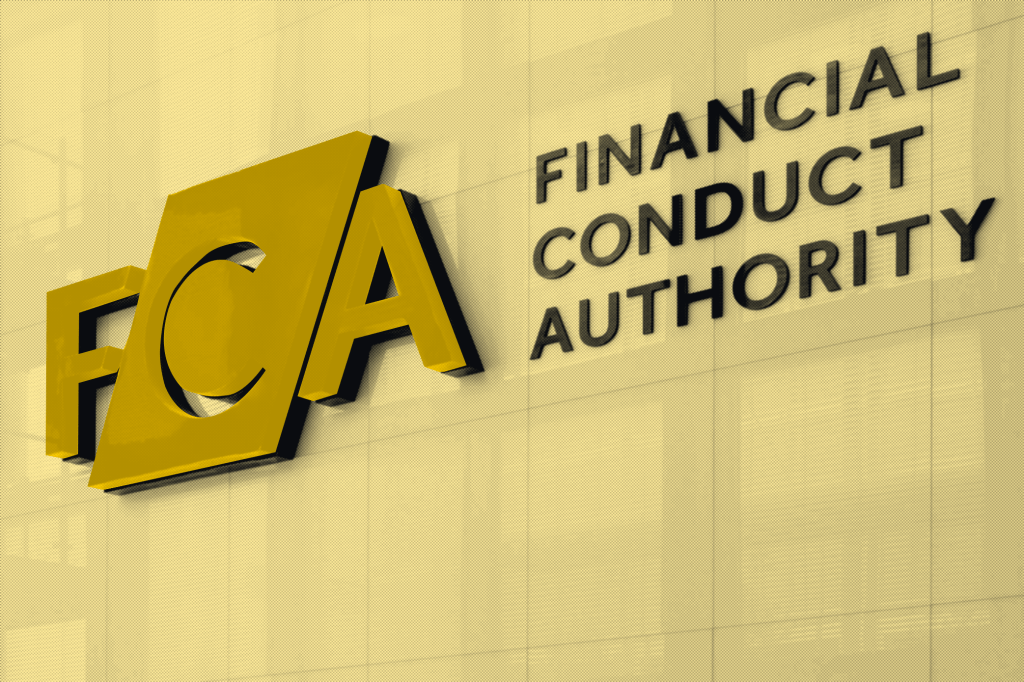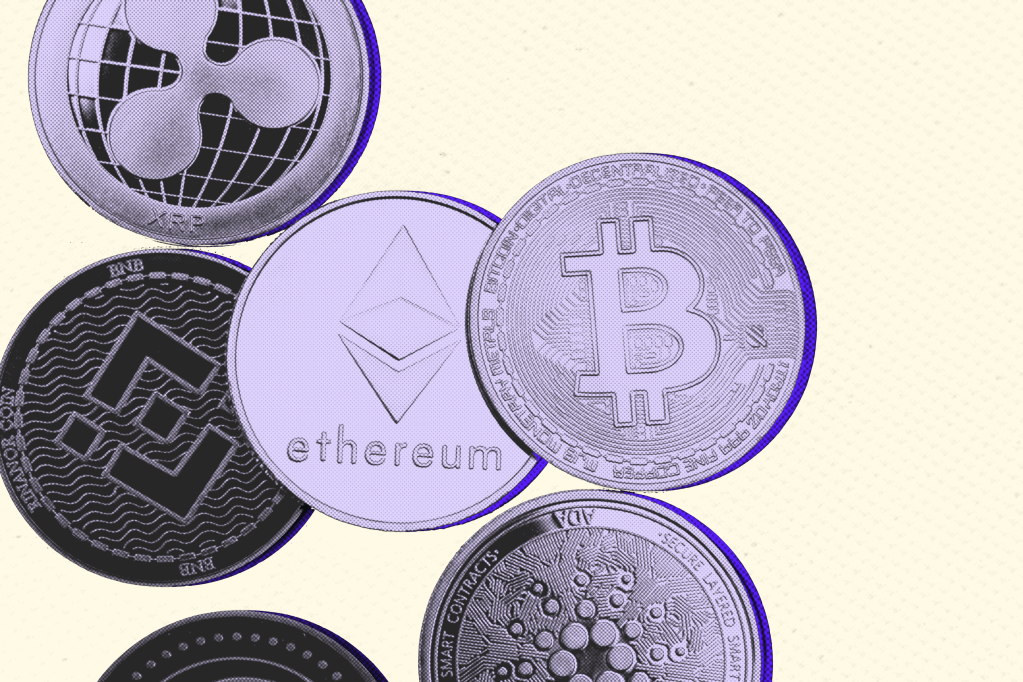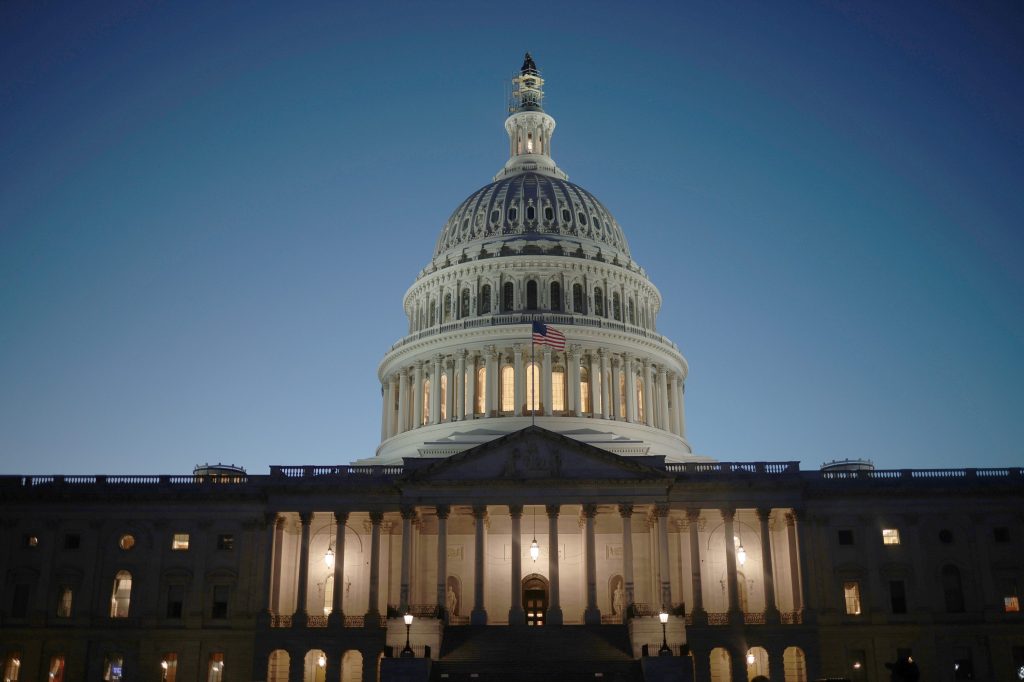The Senate Banking Committee just sent a stablecoin bill to the full chamber for debate. The committee’s markup on the GENIUS Act was a key step in advancing a stablecoin bill, and the committee voted 18-6 to send the bill to the Senate floor, with five Democrats voting yes.
Register for free to keep reading.
To continue reading this article and unlock full access to GRIP, register now. You’ll enjoy free access to all content until our subscription service launches in early 2026.
- Unlimited access to industry insights
- Stay on top of key rules and regulatory changes with our Rules Navigator
- Ad-free experience with no distractions
- Regular podcasts from trusted external experts
- Fresh compliance and regulatory content every day













